Guidebook for the Identification of Woods Used for Ties and Timbers
The purpose of this guidebook is to point out the differences which are of practical value in the identification of the various species of native woods used for ties and timbers. It is intended primarily for inspectors; but since it includes most of our commercial species, it will, no doubt, be serviceable to others.The identification of wood by general appearance requires long experience and is a method difficult or impossible to describe to an inexperienced man. Furthermore, with the growing use of wood preservatives and the closer utilization of our forest resources the number of species used for ties is increasing, and inspectors are called upon to be familiar with a larger number of woods. Experienced inspectors may be able to determine the kind of wood in most of the ties they commonly handle by the color and general character of the wood; but in case of doubt as to the species it is necessary to look for more specific distinctions.The structure of wood offers the most reliable means for its identification, though odor, taste, weight, and hardness may be helpful. A detailed study of wood structure requires the use of a high-power microscope, which is impracticable for field work, such as the inspection of ties. However, by observing such characteristics of woods as can be seen with the naked eye, or, better yet, with a hand lens, a very satisfactory scheme of identification can be worked out.Two keys which provide systematic aid in identifying wood are included in this guide. The keys are followed by a more detailed description of the woods, together with photomicrographs of the cross sections of the woods magnified 15 diameters and maps showing the range of each species described. Before using the keys or consulting the descriptions of the woods, however, it is necessary to understand the common terms used when speaking of the structure of wood. The following explanation of these terms is confined to such details as will assist in recognizing the elements, or cells, in the illustrations, and later in the wood itself.
{{comment.content}}
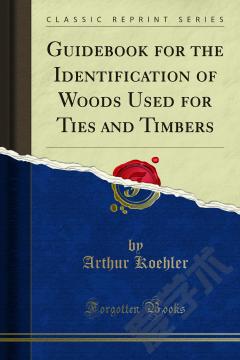
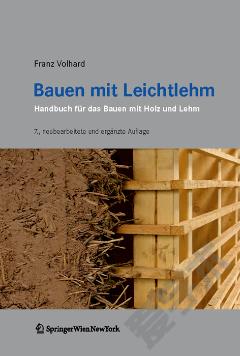
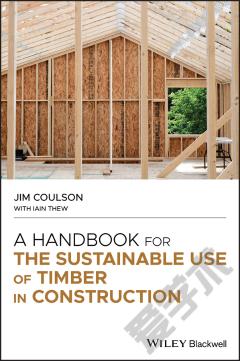

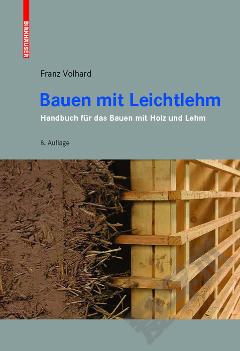

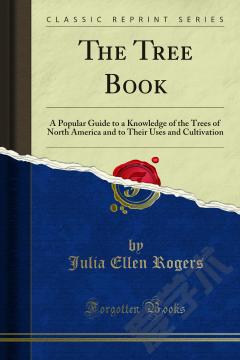

 京公网安备 11010802027623号
京公网安备 11010802027623号